It is always a good idea to backup your essential files. Creating a full system backup is the next step, protecting your Windows 11 installation and files, and giving you peace of mind that your data is safe.
A system backup protects against potential hardware failures, malware attacks, update problems, and much more. It also protects your system settings from getting lost. It is important to sync your files through cloud services like OneDrive. You can also use a third-party “set it and forget it” backup option, such as Backblaze, or use the backup feature. Backup and Restore Windows 11.
Originally available in Windows 7, Backup and Restore uses Windows ‘shadow copy’ feature to create a system image that provides an identical copy of your installation, applications, settings, and files. This also applies to applications that are used during the backup process.
Here’s how to create a full system backup of your Windows 11 PC using the backup and restore feature.
Create a full Windows 11 system backup
Backup and Restore is an older feature in Windows 11, but it’s still a good (and easy) way to back up your system drive. You can create a full image of your system drive and back it up to a large external drive or network location (even to DVD, although this is probably not recommended). In this example, we are going to use an external drive.
To get started, open the menu Beginning or press the Windows key and type control Panel. Press the first result, best match, on top.

When Control Panel opens, click Backup and Restore (Windows 7).
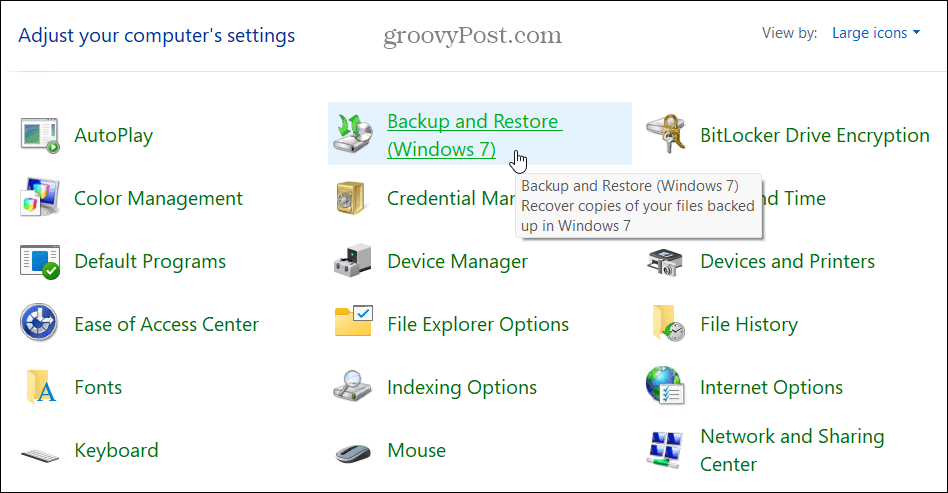
On the menu Backup and Restore (Windows 7), click on the link option “Create a system image”On the left.
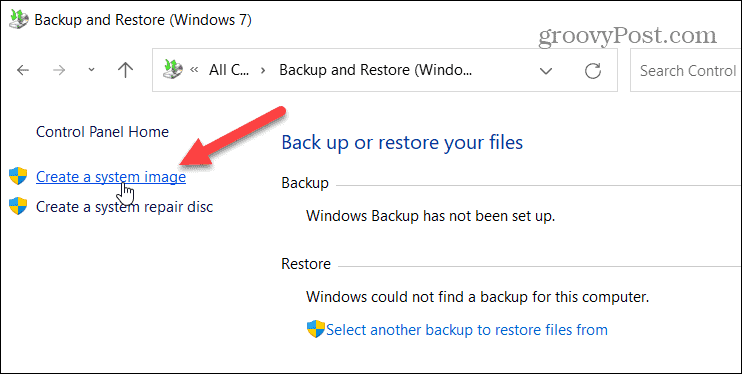
You can also access this menu by typing file history from the Start menu and selecting the result of the best match on top.
When the menu of the File history, click on the link “System Image Backup” in the lower left corner.
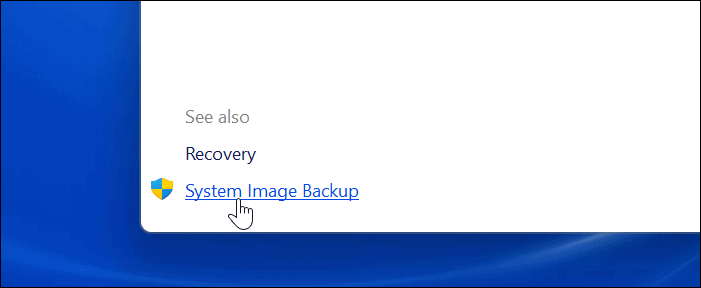
Windows will then scan your PC for available drives. Click on the option “On a hard drive“.
Note: If you see a format error like the one below, reformat the drive with the NTFS file system.
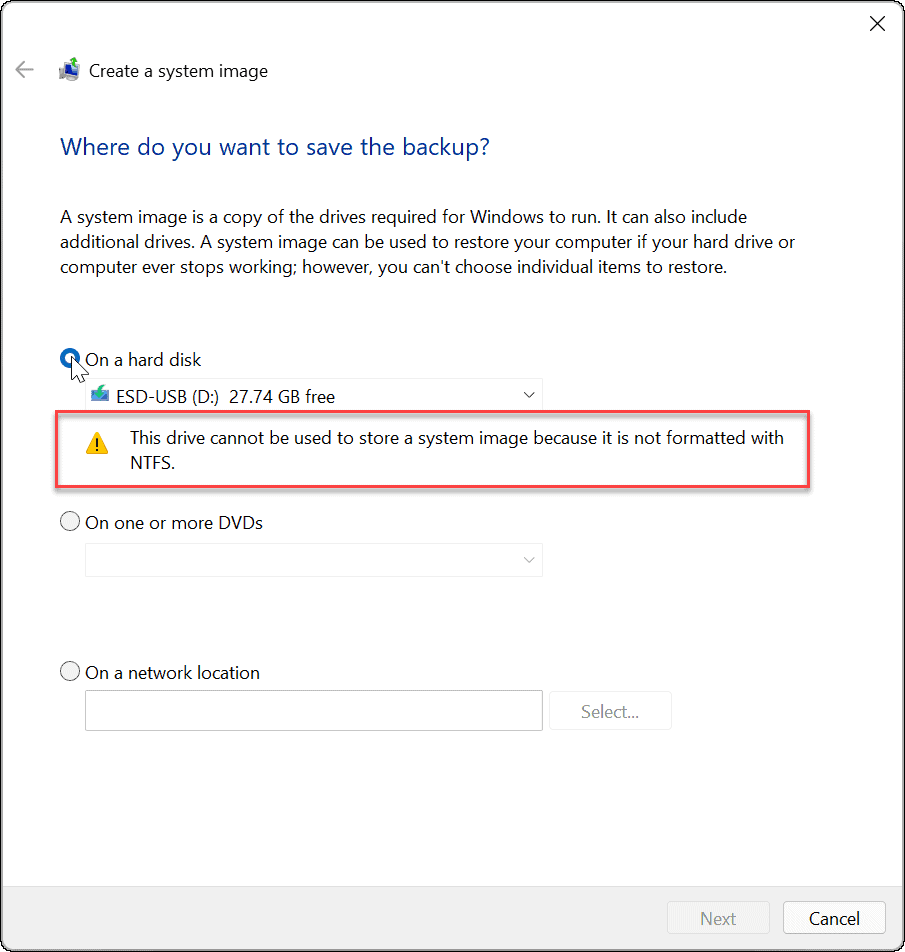
In the utility of Backup and Restore, select your unit from the drop-down menu and press To update.
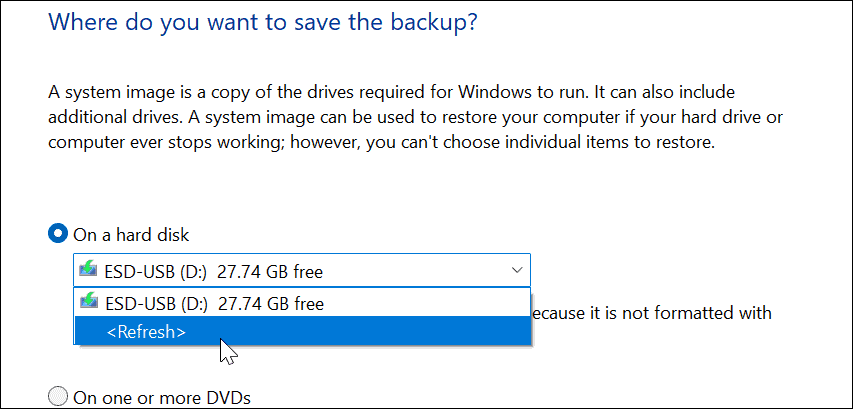
Your unity should be recognized at this point. If the drive you are testing does not have enough space, the backup utility will let you know. If everything is ok, click Next.
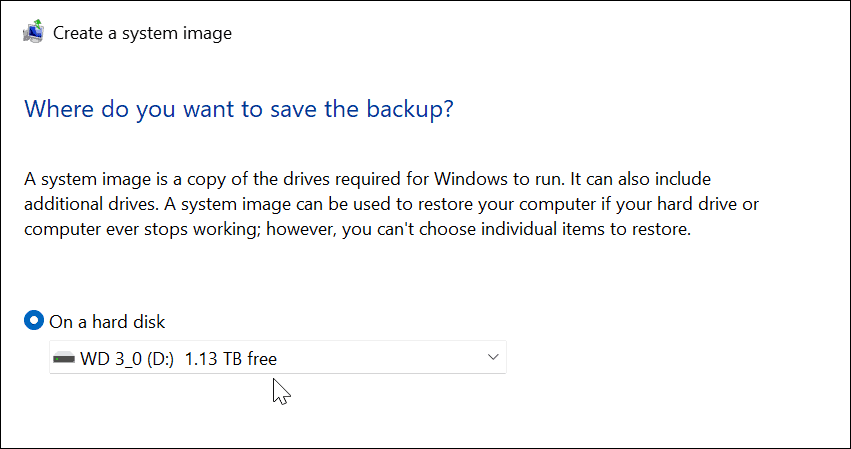
Depending on your system configuration, you may receive a message that your drive is encrypted, but the backup location is not. It will remind you to keep the backup in a safe place. Click on To accept to continue.

Then confirm the backup settings and click the button Start backup.

The backup will begin, and you will see a progress bar as it completes. The time it takes will vary, depending on the amount of data you are backing up and your hardware.
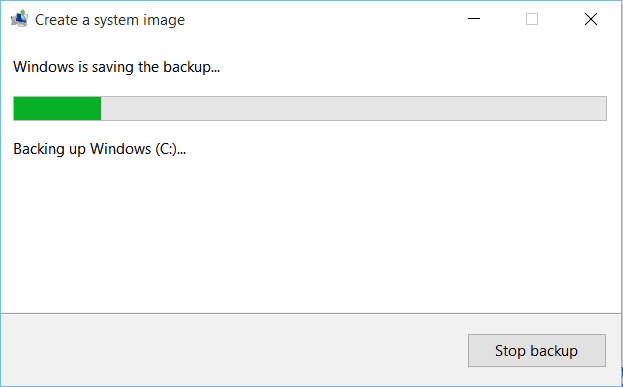
Your system image will be ready as soon as the creation process is complete.
When complete, you will receive a message asking if you want to create a system repair disc. You can skip this if you have a recovery USB drive, which allows you to boot into an advanced recovery environment to restore your PC.
You can also use a Windows 11 Bootable USB Drive to recover the PC.
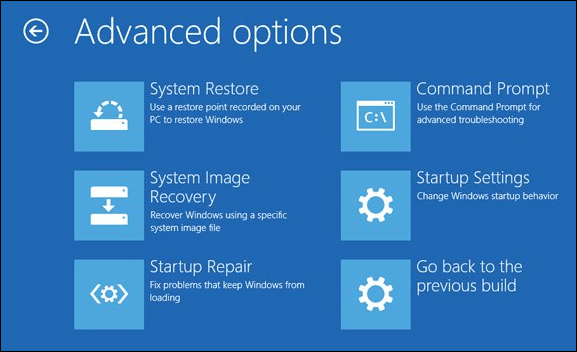
Using a Windows 11 System Backup Image
Once you’ve created a full backup system image in Windows 11, make sure you know how to create a new restore point.
If you are still using a Windows 10 system, but you do not meet the minimum Windows 11 system requirements, you can avoid the problem by installing Windows 11 on unsupported hardware.




